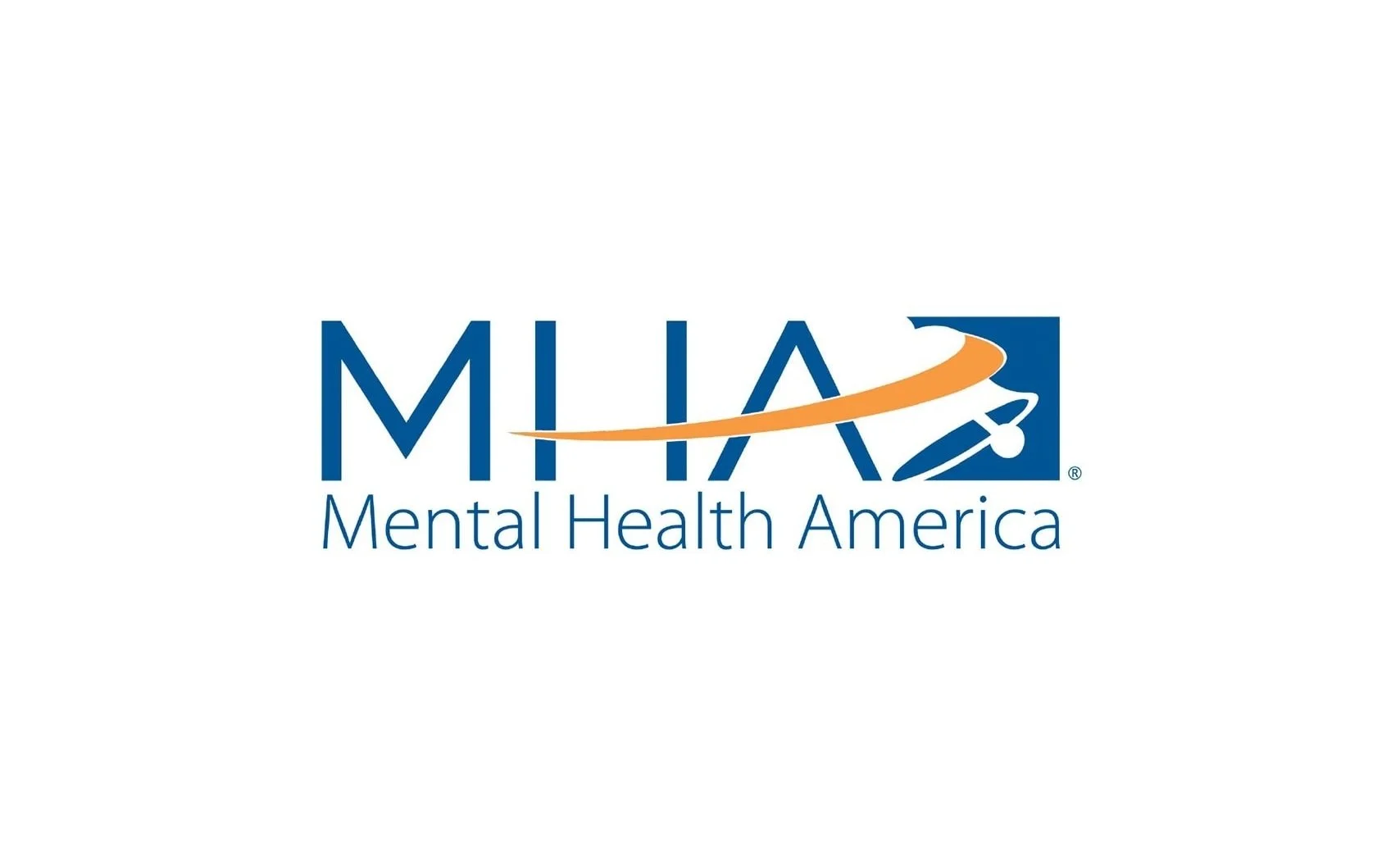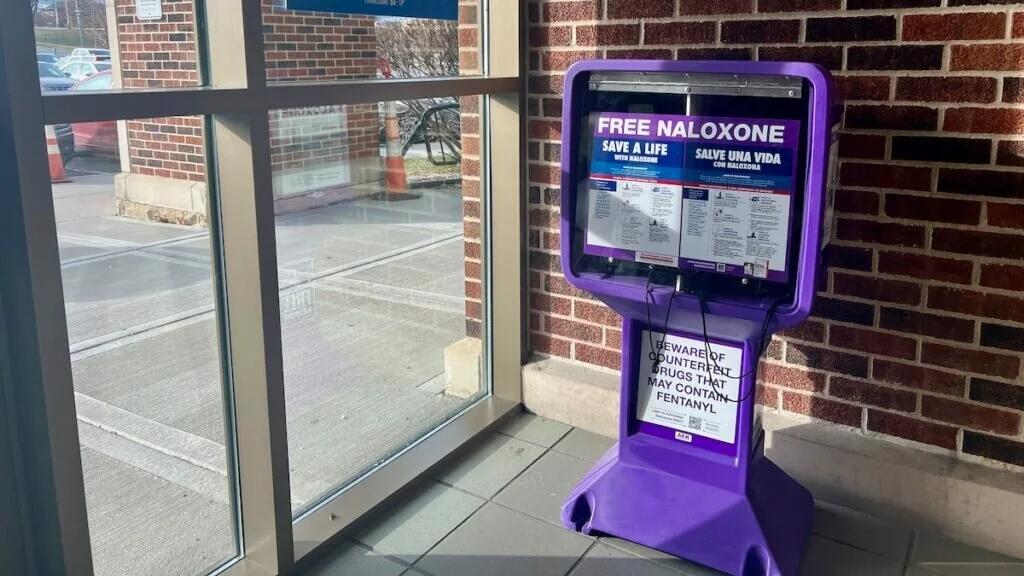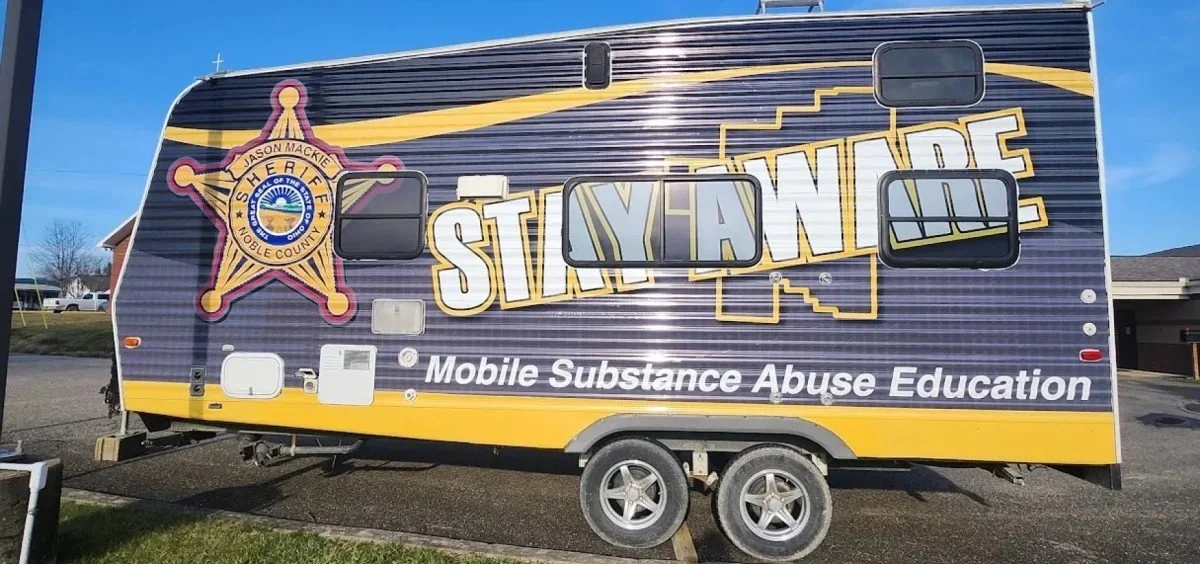
Resources for
Treatment Providers
Rural jails struggle to screen and treat individuals with mental health and substance use disorders, with only 3% of eligible arrests leading to treatment. The most common path to care is post-arrest screening, especially for those with prior arrests. However, only 38.4% of referrals result in treatment, and males are less likely than females to participate, pointing to major gaps in access, outreach, and support.
Clackamas Health Centers (CHC), a Federally Qualified Health Center in Oregon, has offered medication for opioid use disorders (MOUD) for over a decade. CHC also provides MOUD to individuals involved with the criminal justice system. This evaluation examines how CHC's MOUD program implements low-barrier care.
This webinar explores challenges and solutions related to mental health outreach in rural communities. It features insights from experts who share their experiences addressing stigma, building trust, and expanding access to mental health care in rural areas. The session highlights the importance of culturally sensitive approaches, trusted community messengers, and sustainable programs tailored to rural populations.
California is one of just five states in which the rate of death from drug overdoses is higher in rural areas than urban ones. In the California Health Report, PHI’s Bridge Center is highlighted for its program, which trains EMS units to administer medications that help withdrawal symptoms, helping to reach the state’s rural populations with critical care.
This evaluation and report provide findings from an initiative integrating nonclinical adult mental health supports into rural libraries. The report is intended for community members and leaders interested in implementing nonclinical mental health support within libraries or other community spaces to expand the mental health workforce. A related toolkit offers guidance for librarians on identifying and initiating mental health supports within libraries to assist patrons with their mental well-being.
The California-based La Maida Project announced this month that it is working with Save the Children to build and implement a training network that will support rural early- childhood educators and their youngest learners. By taking an ecological approach to mental health, the partnership seeks to help both the children and their caregivers.
Some evidence suggests that rural populations have a higher prevalence of depression and substance use disorder (SUD) than their urban counterparts. However, estimates for mental health conditions and SUDs in rural locations vary considerably depending on the measurement of rurality researchers use. The current study aims to empirically examine how the choice of rural measurements affects estimates of hospitalizations for depression and SUD in rural populations. Using several common methods for determining rurality, we examined how characteristics of “rural” patients hospitalized for depression or SUDs differ based on the definition of rurality used.
This episode explores the landscape of opioid overdose in the rural areas of North Idaho and Northwest Washington, and highlights the tragic story of Jasmine Martin, a 23-year-old who died from an overdose in 2024 while trying to get sober. The conversation explores the availability of recovery resources, stigmas surrounding addiction, and the complexities of fentanyl use in small communities. (Jasmine’s story, min. 11:18)
With opioid addiction continuing to affect thousands of residents in Maine each year, Seaport Community Health Center (SCHC) in Belfast, a rural area of Maine, is initiating a trial for a new treatment that may significantly enhance access and consistency for individuals struggling with opioid use disorder. SCHC is among several sites involved in a nationwide study assessing the efficacy of Brixadi, an injectable medication designed to treat opioid addiction. Unlike traditional medications such as Suboxone, which require daily administration under the tongue, Brixadi is administered monthly.
In rural areas like Warrick County, addiction — particularly to opioids and methamphetamine — has touched nearly every family in some way. Traditional jail sentences often don’t solve the problem. In fact, in many cases, they make it worse. A person struggling with addiction might serve time, only to be released and fall right back into the same habits, the same crowd, the same pain. That’s where drug courts come in.
Examines rural telehealth use for SUD/OUD treatment, its impact on MOUD provision, and issues for sustaining telehealth-based care in rural communities.
Access to youth and adolescent behavioral health care is a major challenge facing rural communities. In this conversation, Adrienne Coopey, D.O., a child and adolescent psychiatrist at the West Virginia University Rockefeller Neuroscience Institute, discusses how a fully virtual collaborative care model is helping deliver early behavioral health interventions and improve access and outcomes for children across West Virginia.
This article examines how individuals in Montana and across the United States are often identified by the alleged crimes they are charged with, rather than by their personal histories or circumstances. It describes ongoing efforts to address this issue, such as a collaboration between Bail Disruptor Riley and the Confederated Salish & Kootenai Tribes on the Flathead Reservation. Working with the Tribal Defenders Office, which uses a holistic defense approach, Riley offers support that acknowledges each person's unique background, needs, and goals.
Narcan dispensing boxes are becoming common in Missouri to combat opioid overdoses. Officials stress the need for more addiction treatment services, better access to treatment, and improved coordination between emergency services and long-term care, especially in rural areas.
If we pretend that everyone that has made a mistake...should get some sort of economic death penalty where they can never get a job again, we will never overcome this problem.' Harlan County, Kentucky, a rural area with high overdose rates, is emerging as a model for addiction recovery. The county has implemented various recovery programs, drug courts, and transportation services, all funded by opioid settlement money.
In southeast Kansas, home to the highest poverty rates in the state, collaborative solutions tailored to the needs of the community have proven successful in addressing homelessness and healthcare. The Community Health Center of Southeast Kansas offers care to the region regardless of a patient’s ability to pay. The center is one example among several rural solutions across the state, filling in the coverage gap and fostering healthier communities.
This webinar explores the unique challenges rural communities face in accessing crisis services, from geographic barriers to limited resources. Experts share strategies and promising practices for strengthening rural crisis systems, including insights on implementing the 988-crisis line in rural settings. Real-world examples highlight effective solutions to improve accessibility and ensure timely support for rural populations.
To assist rural communities in effectively communicating overdose prevention, the Berkeley Media Studies Group (BMSG) offers comprehensive insights on how this topic is framed within rural contexts. Their presentation covers key components, including messaging strategies (beginning at 9:49), methods for framing and reframing the issue (16:28), utilization of Lakoff’s Levels of Framing (22:21), relevant research findings (25:16), techniques for message development (30:03), and recommendations for selecting effective messengers and communication practices (36:18).
Noble County, Ohio, received opioid settlement funds, insufficient for large projects, so rural areas strategize to maximize impact with limited resources.
Discusses how rural housing agencies and advocates use available resources and state programs to stabilize housing and address eviction, jobs, transportation, and mental health in small towns.
Arizona Center for Rural Health webinar on recognizing overdose, administering naloxone, self-care for witnesses, resilience strategies, and fostering safe environments for overdose prevention and recovery. Includes training and stigma-reduction segments.
Study of mental health call patterns in a rural county, showing stable hot spots and implications for police and mental health practitioners.
Using PRISM and RE-AIM models, this study describes how jail context features affect the number of people linked to MOUD and the sustainment of jail linkage programs, focusing on case studies in rural and urban Kentucky jails.
This webinar explores challenges rural community pharmacies face in dispensing medications for opioid use disorder (MOUD). Participants learn about barriers impacting MOUD access and discover practical resources and strategies to help expand treatment availability.
This study examines mental health care barriers for women with opioid use disorder in the criminal-legal system, highlighting shortages of psychiatrists and therapists, especially in smaller jails and rural areas.
Video examines North Carolina small towns innovative responses to mental health emergencies, homelessness, and low-level crime, featuring social worker ride-alongs and crisis support programs.
Discusses hidden fentanyl use in rural Oregon and a new deflection program to divert people from misdemeanor charges into treatment.
Gallatin County's mobile crisis response team serves as a model for rural crisis response, focusing on identification, partnerships, creative solutions, and data-driven performance.
Describes a telehealth program (Moms IMPACTT) improving access to perinatal mental health and substance use care for rural and underserved populations.
Podcast episode on Somerset County Jail's innovative addiction treatment program and its impact on inmates and the rural community.






























